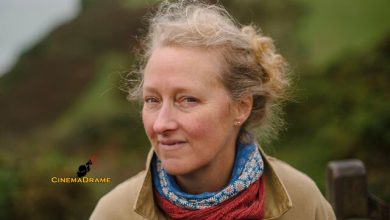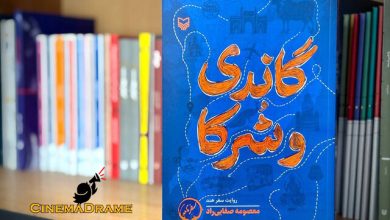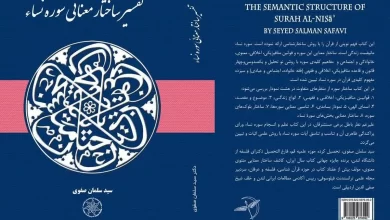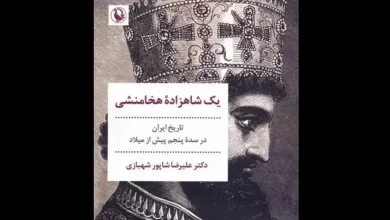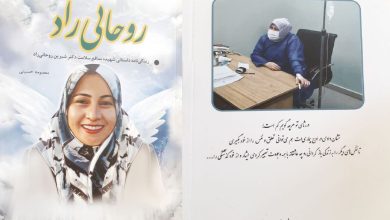The interpretation of Surah An-Nisa by the President of the London Academy of Iranian Studies.
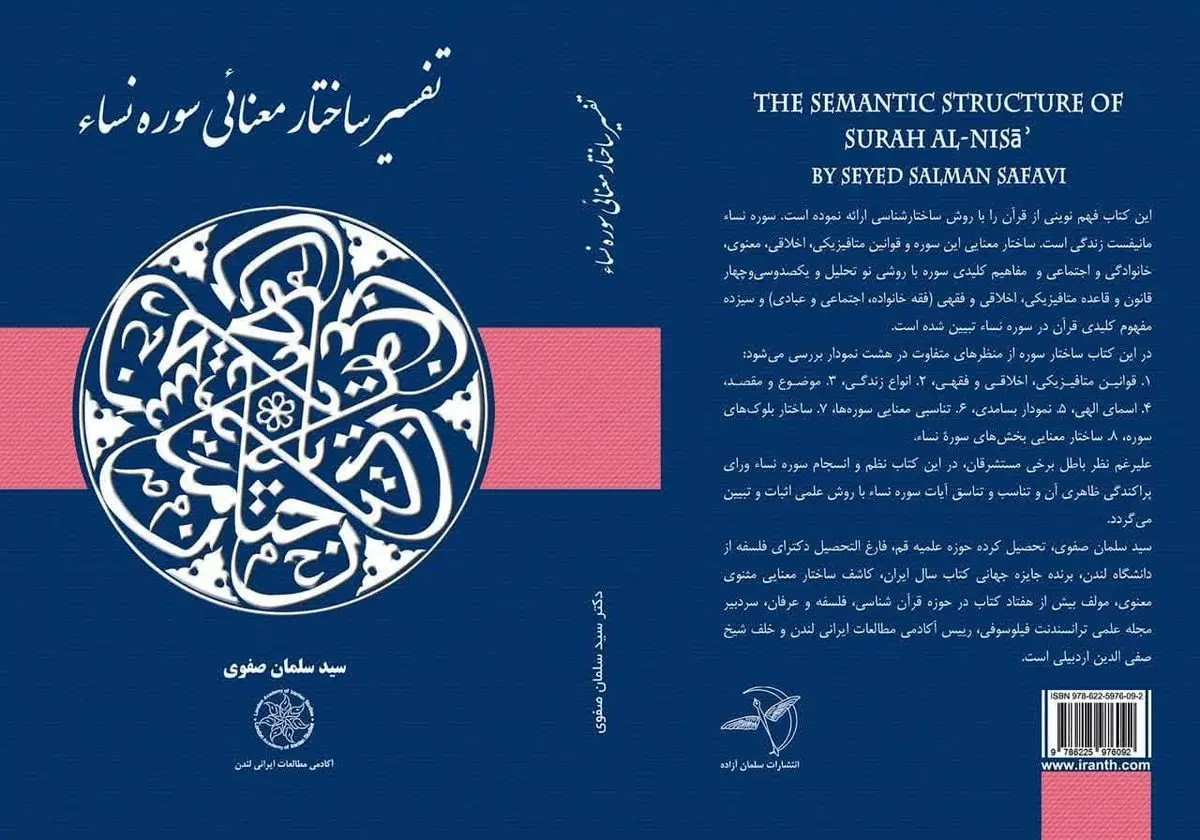
The book “Interpretation of the Semantic Structure of Surah An-Nisa,” authored by Syed Salman Safavi, has been published by Salman Azadeh Publications and the London Academy of Iranian Studies in Tehran.
According to Cinemadrame, the book presents a new understanding of the Quran through structuralism. The author believes that Surah An-Nisa is a manifesto of life. The semantic structure of the Surah and its metaphysical, ethical, spiritual, familial, and social laws, along with the key concepts of the Surah, are analyzed using a novel approach. One hundred and four metaphysical, ethical, and jurisprudential (family, social, and worship-related) rules and thirteen key Quranic concepts are explained in the Surah.
In this book, the structure of the Surah is analyzed from different perspectives in eight diagrams: 1) metaphysical, ethical, and jurisprudential rules, 2) types of life, 3) subject and purpose, 4) divine names, 5) frequency diagram, 6) semantic correspondence of Surahs, 7) structure of the Surah blocks, 8) semantic structure of the sections of Surah An-Nisa.
Despite the false claims of some Orientalists, the book scientifically proves and clarifies the order and coherence of Surah An-Nisa beyond its apparent disarray, demonstrating the harmony and congruence of its verses. All the verses of the Surah aim to explain healthy living, establish a monotheistic society, and connect with the Beloved.
The discourse of piety and chastity in Surah An-Nisa covers a broad range of behavioral, verbal, financial, self-restraint, and sexual modesty aspects. Piety is the foundation for the welfare and happiness of both individual and social life and is the key to implementing divine laws. Surah An-Nisa calls for piety, social cooperation, and individual and social mercy and compassion.
Beliefs, ethics, and laws together form a cohesive intellectual and practical system that leads to salvation (falah) in both this world and the hereafter. A disconnect between them disrupts the system’s effectiveness. Overemphasizing legal rulings while weakening ethics and beliefs is ultimately unfruitful, although beliefs and ethics precede laws. Love is the key to meaning, transcendence, healing, glory, beauty, hope, and the vitality of life.
This book is part of a project aimed at revisiting the teachings of the Quran and mystical literature. Previously, books such as “Structural Interpretation of Surah Al-Fatiha,” “Structural Interpretation of Surah Al-Baqarah,” “Structural Interpretation of Surah Al-Imran,” “Divine Unity in the Quran,” “The Movement of Prophets,” “Life After Death,” “Moses the Prophet in the Quran,” “Remembrance in the Quran, Narrations, and Mystical Literature,” “Contemporary Encyclopedia of the Quran,” “The Mysticism of the Two Weighty Things,” “Semantic Structure of the Masnavi,” and “The School of Social Mysticism of Sheikh Safi al-Din Ardabili” have already been published.
The book “Interpretation of the Semantic Structure of Surah An-Nisa” is published in four chapters and 365 pages. It is worth noting that Syed Salman Safavi, educated at the Qom Seminary, holds a Ph.D. in Philosophy from SOAS University in London, is the winner of the World Book of the Year Award in Iran, the discoverer of the semantic structure of the Masnavi, the author of over seventy books on Quranic studies, philosophy, and mysticism, the editor-in-chief of Transcendent Philosophy journal, and the president of the London Academy of Iranian Studies.
